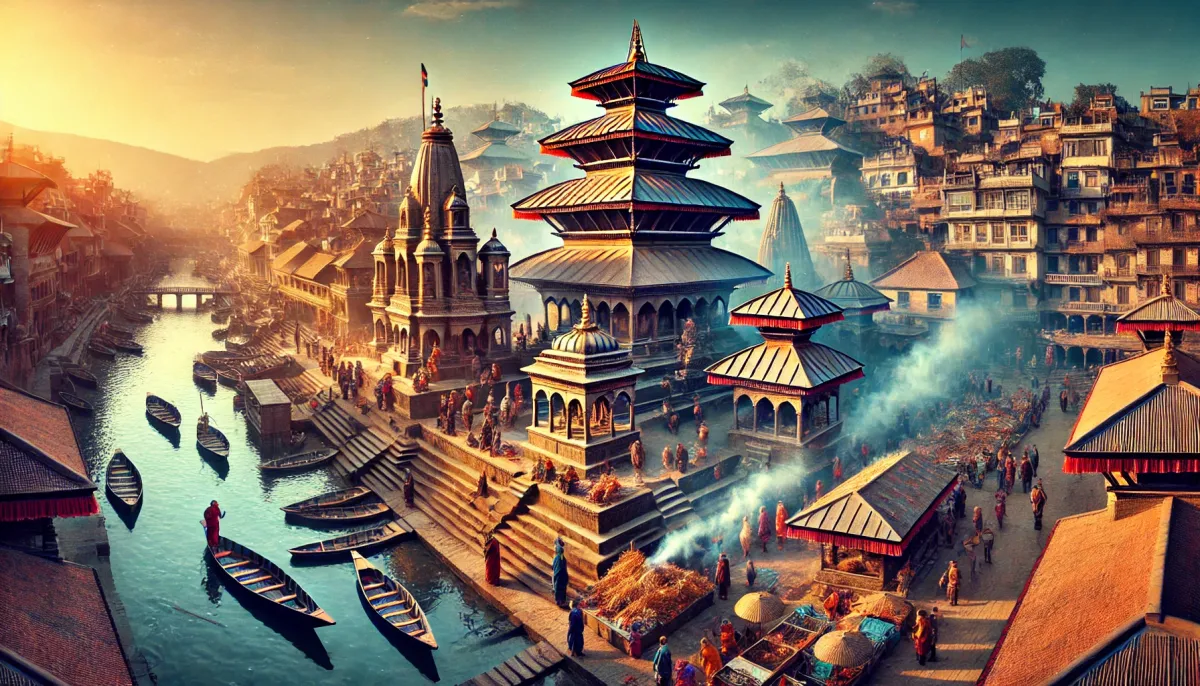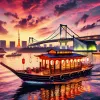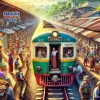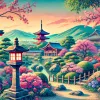Hi everyone, Mark here! As a seasoned backpacker with a passion for exploring Asia's vibrant cultures, I've seen a lot, but nothing quite prepared me for my recent trip to Nepal. I wanted to share my experience witnessing a unique cultural practice: the open-air cremation ceremonies along the Bagmati River. This isn't your typical travel blog post—it's a deep dive into a cultural practice that challenged my perspectives and left a lasting impression.
Death and Rebirth: The Hindu Perspective on Cremation
My journey began near Pashupatinath Temple, a significant Hindu site in Kathmandu. I'd heard about the cremations, of course, but seeing it firsthand was something else entirely. Unlike the Western view of death as a finality, the Hindu belief system, which strongly influences Nepal, sees death as merely a transition, a doorway to reincarnation. The body is viewed as a temporary vessel for the soul, and cremation is seen as a way to release the soul from its earthly bonds, allowing it to move on to the next cycle of life. This contrasts sharply with some other cultures, such as the early Christians, who viewed the body as sacred, or Confucian cultures, where preserving the physical body was paramount.
I learned that the cremation process isn't viewed with fear or sadness, but rather with acceptance and even a sense of peace. Families participating in the ceremonies maintained a calm demeanor, a stark contrast to the displays of grief I'm used to seeing in the West. This isn't to say there were no emotions; the ceremonies were certainly moving. But the emphasis was on the soul’s journey and its rebirth.
Pashupatinath Temple and the Cremation Ghats
The main cremation site is located on the banks of the Bagmati River, near the magnificent Pashupatinath Temple, a UNESCO World Heritage Site. The temple itself, built in the 5th century AD and covering 260 hectares, is dedicated to Shiva, the Hindu god of destruction and transformation. It is a stunning structure with intricate carvings, a golden roof, and silver-trimmed chambers. However, the cremation ghats, the platforms where the bodies are burned, quickly became the focal point.
| Feature | Description |
|---|---|
| Location | Bagmati River, near Pashupatinath Temple, Kathmandu, Nepal |
| Number of Ghats | Nine platforms; two reserved for royalty and nobility, seven for the general public |
| Operation | 24/7 |
| Significance | Important ritual in Hindu belief, viewed as a transition to rebirth |
Witnessing the Ceremony
The cremation itself is a powerful spectacle. The bodies are prepared, cleansed, and then placed on the pyres. Kindling is added, and the flames are ignited, often by family members. The entire process is open to view, a public demonstration of the Hindu acceptance of death and reincarnation. It was intense; I’ll admit, initially quite shocking; however, I quickly came to understand that for the local people, this was a normal part of life, a matter-of-fact event rather than a cause for morbid curiosity or distress.
While this practice might be considered taboo or even morbid in many Western cultures, the lack of secrecy and the public nature of the ceremonies were striking. The Nepalese people approach death with a very different mindset than that prevalent in many Western countries.
Beyond the Cremations: Exploring Kathmandu’s Spiritual Heart
My trip wasn't solely focused on the cremation ceremonies. Kathmandu is a city rich in religious sites, blending Hindu and Buddhist traditions. I also visited:
- The sleeping Vishnu (Water Bed Buddha): A remarkable 5-meter-long statue carved from a single stone.
- Swayambhunath Stupa (Monkey Temple): An ancient Buddhist temple perched on a hill, famous for its large population of resident monkeys. The temple's history is intertwined with legends dating back to the origins of the Kathmandu Valley.
- Pashupatinath Temple: The main focus of this pilgrimage, filled with religious symbolism and a complex history.
The Caste System: A Darker Side of Nepal
My experience in Nepal revealed a heartbreaking reality: the persistence of the caste system. The deep-rooted inequalities inherent in this system were impossible to ignore. I witnessed the stark contrast between the lives of those in higher castes and those relegated to the lowest rung, the untouchables. The caste system is a significant social issue in Nepal, and its effects cast a shadow on the overall experience.
Conclusion: A Journey of Perspectives
My trip to Nepal was more than just a sightseeing adventure; it was a transformative experience. It challenged my preconceived notions about death, religion, and social structures. Witnessing the cremation ceremonies, exploring ancient temples, and encountering the complexities of the Nepalese society provided a unique perspective on life, death, and the diverse ways humans navigate both. It is a journey that I highly recommend for fellow travelers looking for an authentic and profoundly impactful cultural immersion.







